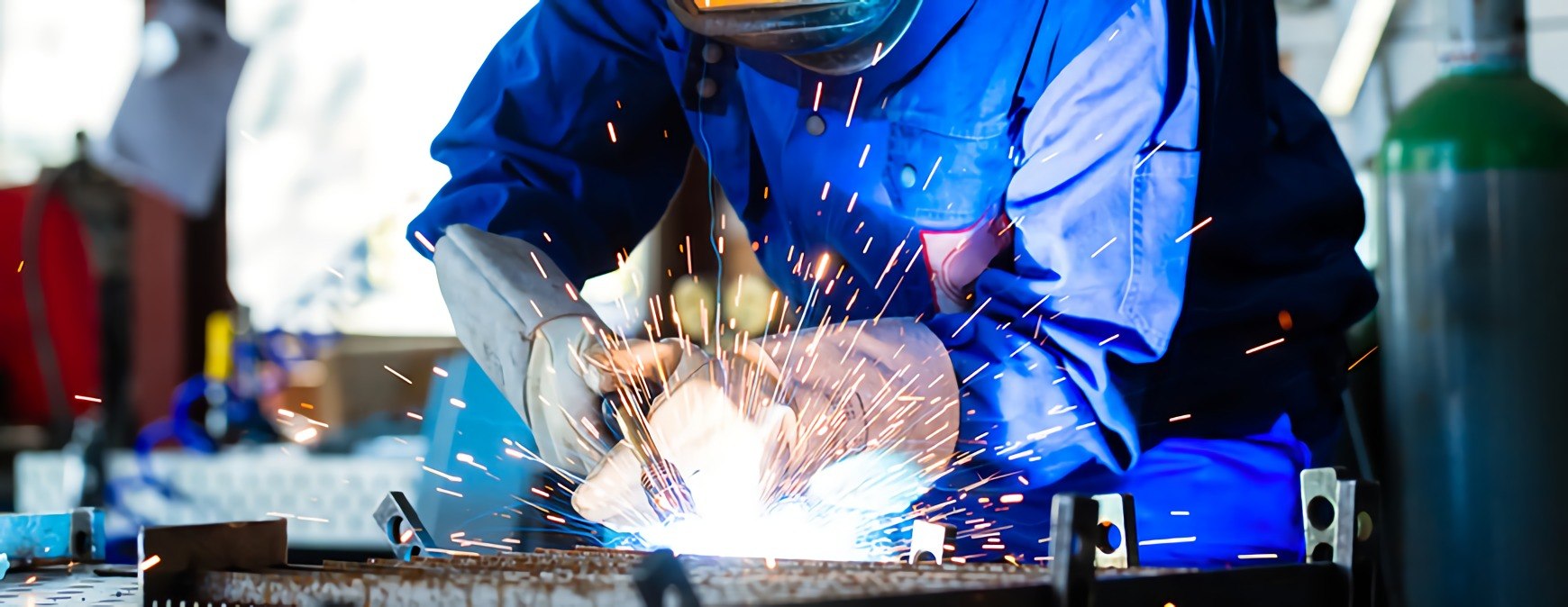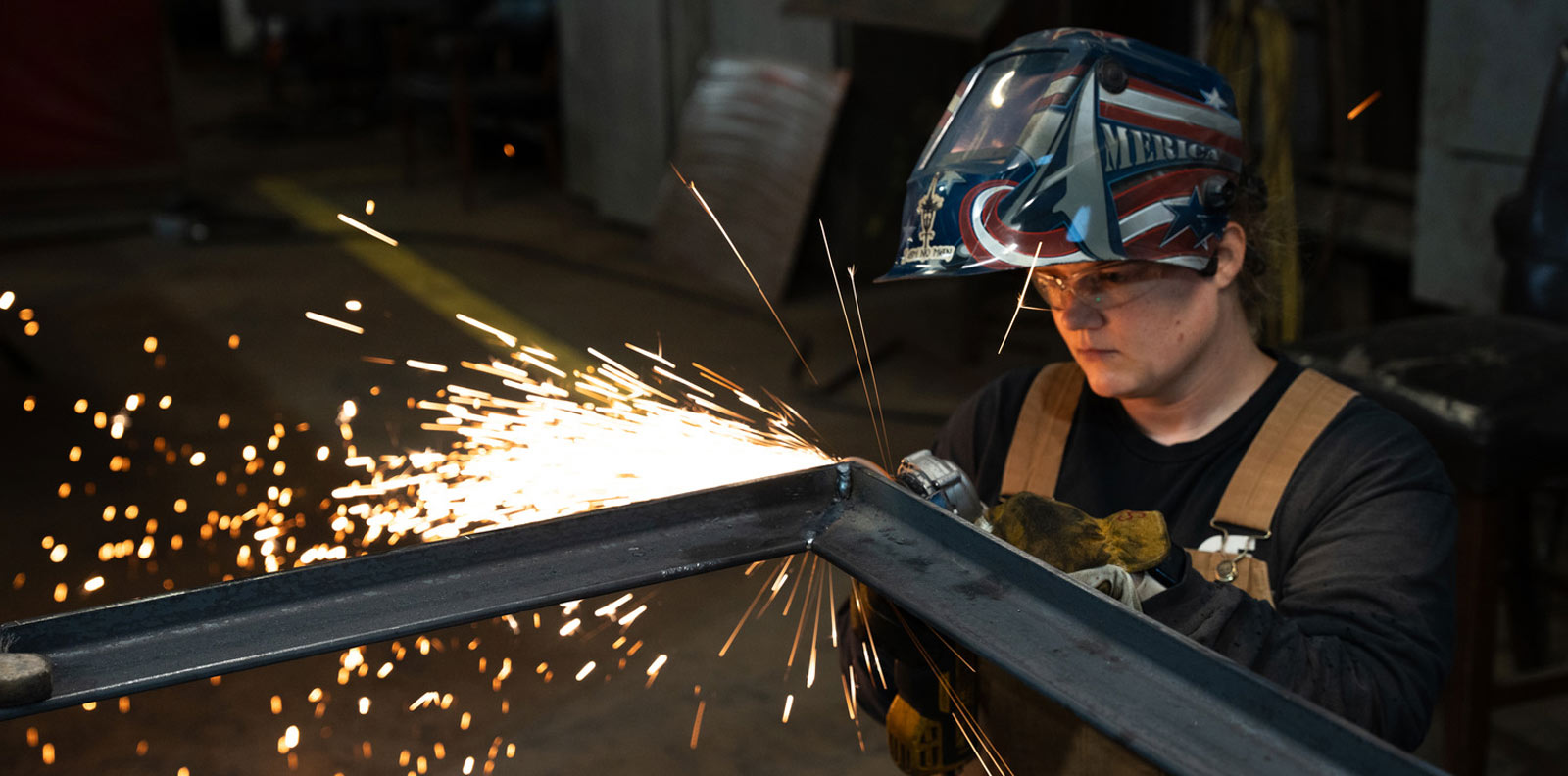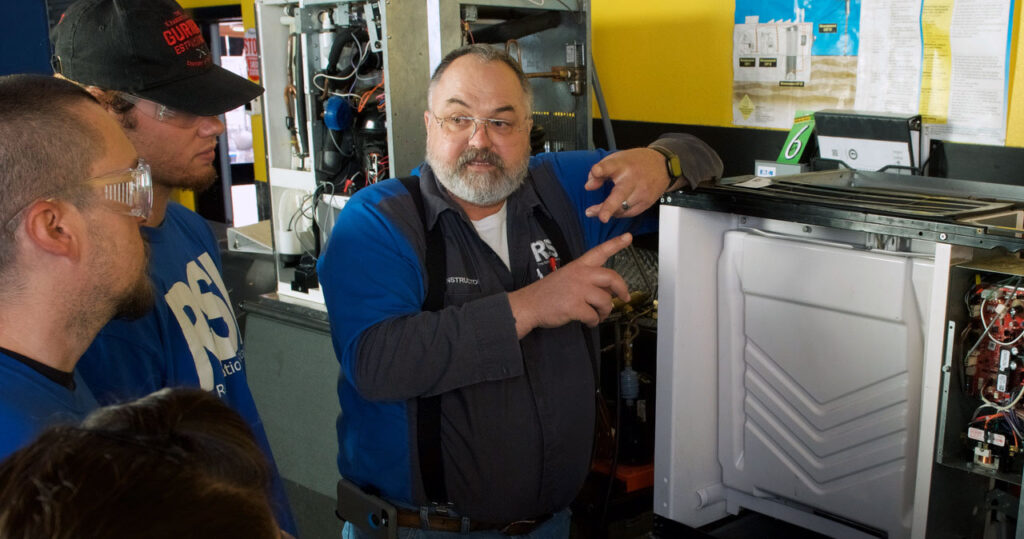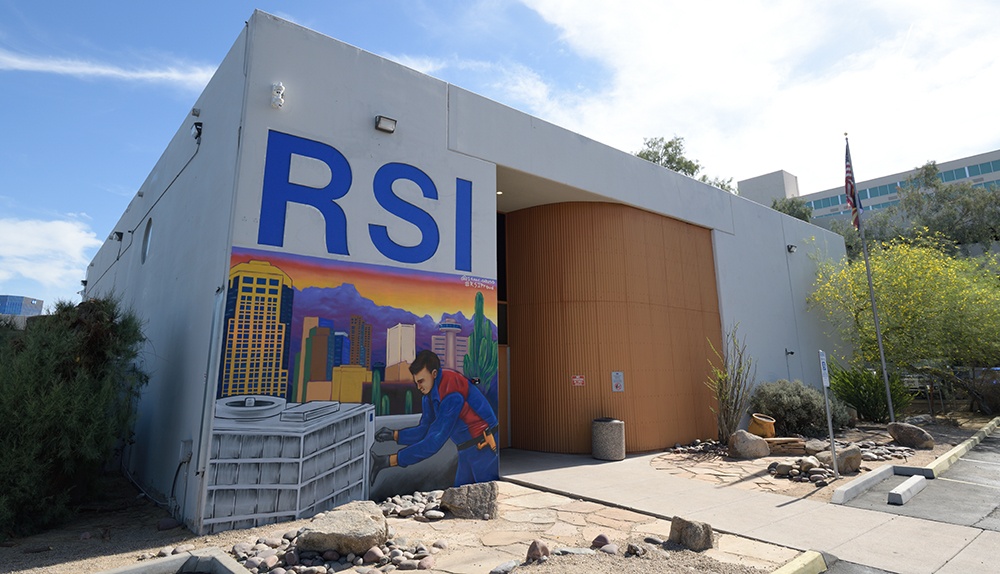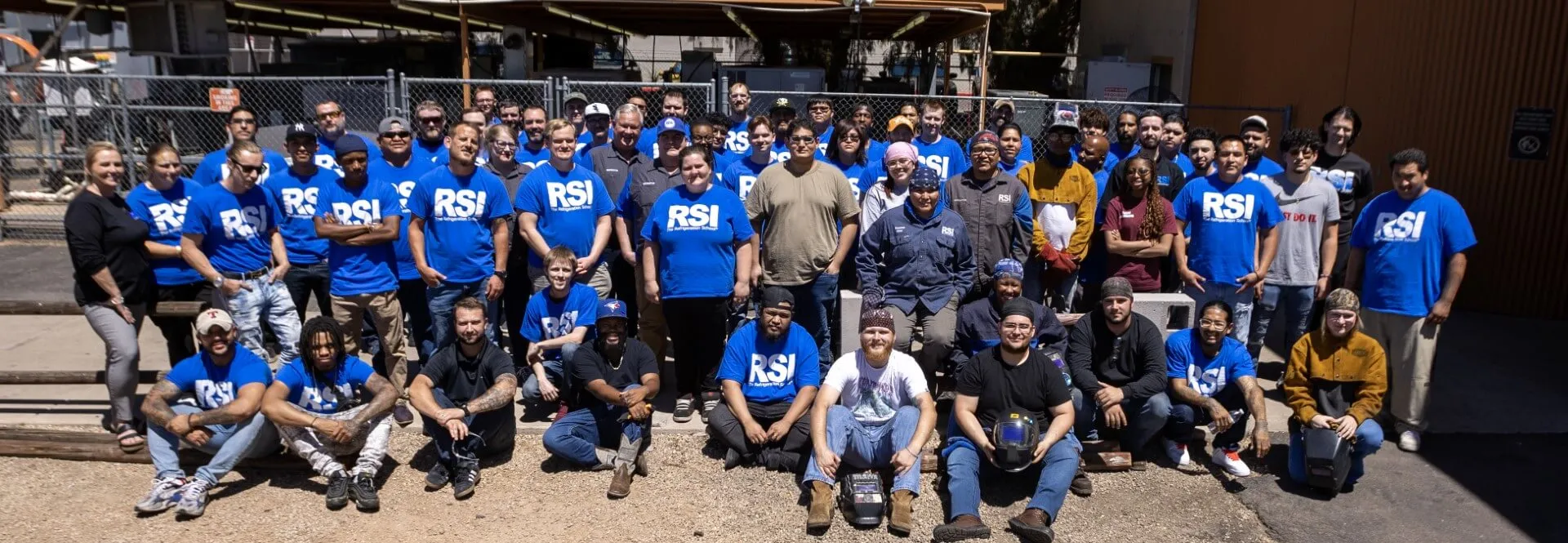RSI is a Great Training Option for Everyone
Learn more about how we can prepare you to advance your career.
If you want to become a welder, you must become familiar with welding metallurgy. Welding metallurgy is a key concept that you will learn about in the Welding program at The Refrigeration School (RSI). So, let’s look at welding metallurgy and why it is essential.
What is Welding Metallurgy?
Welding metallurgy focuses on the transformations and interactions that occur in metals during welding. Welding is the joining of materials through heat, pressure, or both. Understanding the metallurgical implications of welding is essential to producing strong, durable, and defect-free welds. Key concepts in welding metallurgy include:
Base Metals and Filler Materials
Base metals are the primary materials being joined. Their chemical composition, thermal properties, and structural integrity influence the welding process and the final weld quality. Filler materials are added during welding to fuse the base metals. The compatibility between the filler and base metals (e.g., melting point, composition, and thermal expansion) ensures a uniform, high-strength weld.
Heat-Affected Zone (HAZ)
Get Started on the Path to a New Career
Fill out our form to learn how we can help you change your life.
The heat-affected zone (HAZ) is next to the weld that is exposed to high temperatures but does not melt. This area experiences significant changes in the following:
- Microstructure: Grain size and phase transformations occur due to rapid heating and cooling.
- Mechanical Properties: Hardness, strength, and ductility can be altered, sometimes leading to embrittlement or softening.
Solidification and Microstructure Evolution
During welding, molten metal cools and solidifies. The cooling rate dictates grain structure, phase transformation, and segregation. Faster cooling produces finer grains, while slower cooling leads to coarser grains. Depending on the alloy composition and cooling rate, different phases (e.g., ferrite, austenite, martensite) may form, impacting weld strength and toughness. Uneven distribution of alloying elements during solidification can weaken the weld.
Thermal Cycles
Repeated heating and cooling during welding or repairs can significantly affect material properties. Preheating and Post-Weld Heat Treatment (PWHT) processes are often used to control the rate of thermal cycling, reduce stress, and improve toughness.
Residual Stresses and Distortion
Welding introduces residual stresses because of the heating and rapid cooling. These stresses cause distortion, warping of the material, impacting dimensional accuracy, cracking, and stress-related failures. Techniques like stress-relief annealing and optimized weld sequencing help reduce these issues.
Cracking and Weld Defects
There are two main types of cracking: hot and cold cracking. Hot cracking occurs at high temperatures during solidification, often due to low melting point impurities. On the other hand, cold cracking happens after cooling, usually from hydrogen embrittlement or residual stresses. Other defects include porosity, incomplete fusion, and inclusions, which can compromise weld integrity.
Corrosion Resistance
Welding metallurgy makes sure that welds are corrosion resistant, especially in applications like pipelines, marine structures, and chemical processing equipment. Improper welding can lead to galvanic corrosion or localized pitting.
Welding Processes and Their Metallurgical Impacts
Each welding process affects the material differently:
TIG Welding: Produces welds with minimal HAZ effects, which are ideal for thin materials and precise applications.
MIG Welding: Fast and versatile but may induce larger HAZs and residual stresses.
Arc Welding: Involves high temperatures, affecting the base metal’s microstructure significantly.
Friction Welding: A solid-state process that avoids melting, leading to smaller HAZs and better mechanical properties.
Why is Welding Metallurgy Important?
Welding metallurgy is essential because it provides the scientific foundation for understanding and controlling how metals behave during and after welding. This ensures welded joints’ strength, safety, and longevity. Without the principles of welding metallurgy, engineers and welders would have trouble achieving reliable and high-quality welds. The key reasons why welding metallurgy is essential include:
Ensuring Structural Integrity
Welding is often used to join critical structural components. A failure in these welded joints can have catastrophic consequences, such as building collapses, pipeline ruptures, or equipment failures. By understanding metallurgical principles, welders can control factors like heat input, cooling rates, and microstructure to make the welded joint strong and more substantial than, the base material.
Preventing Weld Defects
Common defects like cracking, porosity, or incomplete fusion can weaken welds, making them prone to failure. Welding metallurgy helps identify the root causes of these defects—whether due to improper materials, thermal cycles, or welding techniques—and provides solutions to mitigate them.
Optimizing Material Performance
Welding changes the properties of metals, including hardness, strength, ductility, and corrosion resistance. Metallurgy makes sure that these properties are maintained or improved during welding.
Reducing Residual Stresses and Distortion
Welding generates significant residual stresses and distortions due to uneven heating and cooling. These can compromise dimensional accuracy and lead to premature failure or cracking under pressure. Welding metallurgy provides methods to minimize these effects, such as preheating, post-weld heat treatment (PWHT), and controlled welding sequences.
Enabling the Welding of Dissimilar Metals
Welding different metals is often required in manufacturing but comes with challenges like different melting points, thermal expansion rates, and potential for brittle intermetallic compounds. Welding metallurgy helps predict these challenges, ensuring strong and reliable joints between materials with different properties.
Supporting Innovation in Manufacturing
Advancements in technology, such as additive manufacturing (3D printing) and high-speed automated welding, require an understanding of metallurgical principles. For instance, laser and friction welding rely on precise control of heat and material flow, which welding metallurgy provides.
Improving Safety and Reliability
Welded joints in construction, transportation, and energy industries often operate under extreme conditions, such as high pressure, temperatures, or corrosive environments. Welding metallurgy ensures the welds do not fail, safeguarding lives.
Enhancing Efficiency and Cost-Effectiveness
Poorly executed welding can lead to costly repairs, downtime, or component replacement. By applying metallurgical principles, welders can select the right materials and processes for the job. Also, manufacturers can minimize waste and avoid defects, offering cost savings.
Meeting Industry Standards and Regulations
Industries like aerospace, nuclear, and oil and gas have stringent requirements for weld quality and safety. Welding metallurgy ensures compliance with these standards, providing confidence that welded components will perform reliably under specified conditions.
Want To Learn More?
Learning the important concepts of welding like welding metallurgy starts with enrolling in RSI’s Welding Specialist program. We offer hands-on training with classroom lectures to prepare you for entry-level structural, alloy, and pipeline welding job opportunities. To learn more, contact us.
